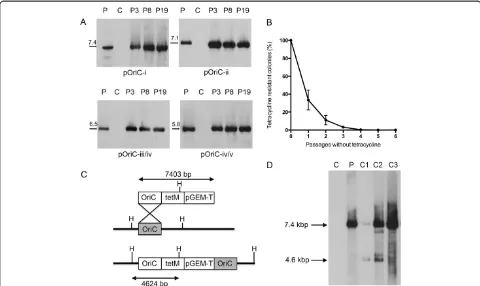Development of a self-replicating plasmid system for Mycoplasma hyopneumoniae
Full text
Figure
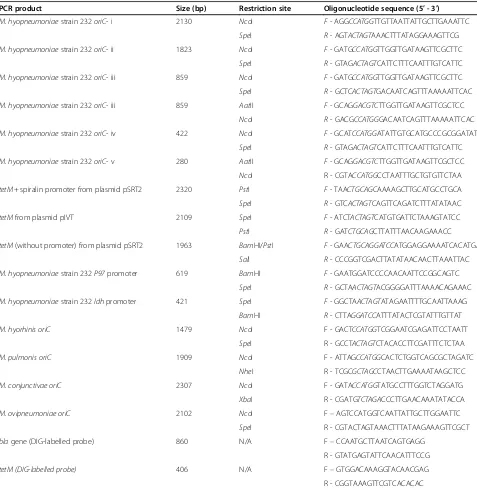
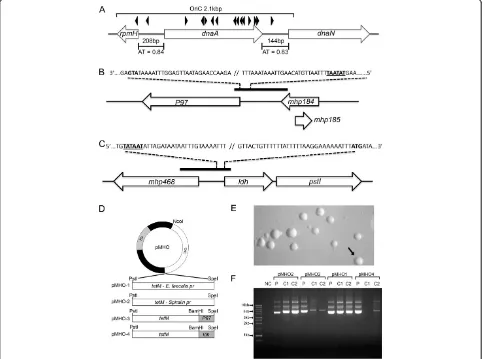
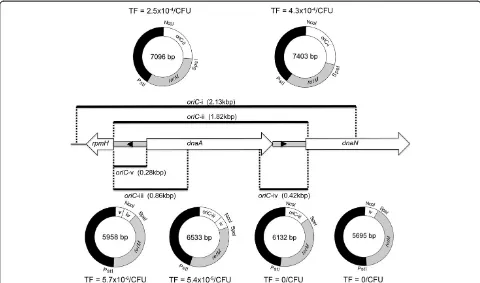
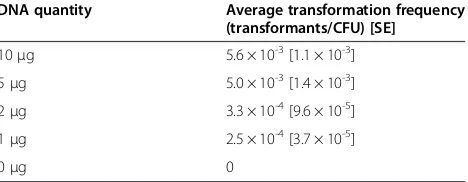
Related documents
Conclusion: Whilst many participants valued the importance of the PBL approach in the practice and training of doctors and agreed with most of the conventional descriptions of
The aim of our study was to evaluate the functional state of the microcirculation by direct visualization of sublingual microcirculation using Sidestream Dark Field Imaging,
Treatment with oral prednisone was instituted and the lesions rapidly resolved in two out of three patients, with suppression of inflammation and blistering typically achieved in
Of 70 indicators, endorsed by the American Acad- emy of Pediatrics (AAP), 83% are primary care and 70% are applicable to children during their first year of life of which 14% are
Given the high use of pesticides in this particular area and the scarcity of local investigations, the objective of this study was to investigate the association between past
His research has received frequent awards, including the Boulding Prize in Ecological Economics and a Blue Planet Prize (jointly with his former PhD student, Dr. Mathis
Role of Xanthine Oxidase and Its Inhibitor in Hypoxia: Reoxygenation
Eleven attacks involved a sleeping infant; 19 dogs in- volved in fatal attacks had a prior history of aggression; and 19 of 20 classifiable deaths involved an unneutered dog..
